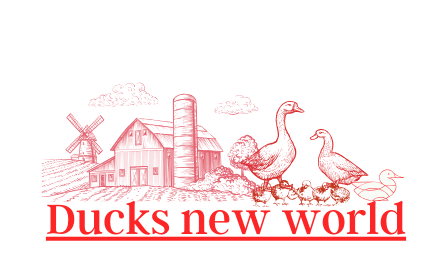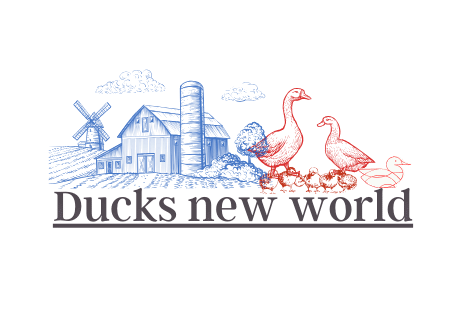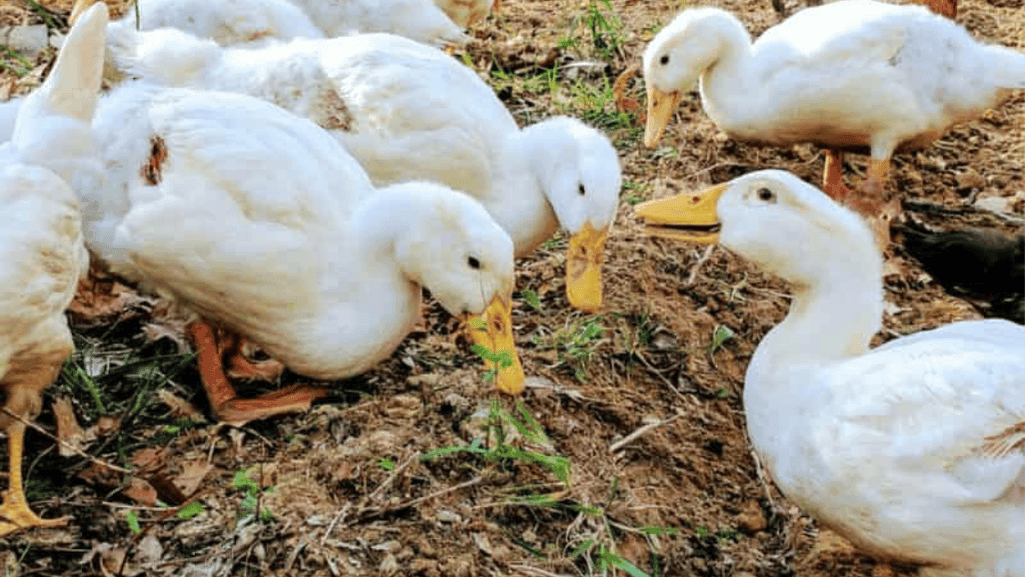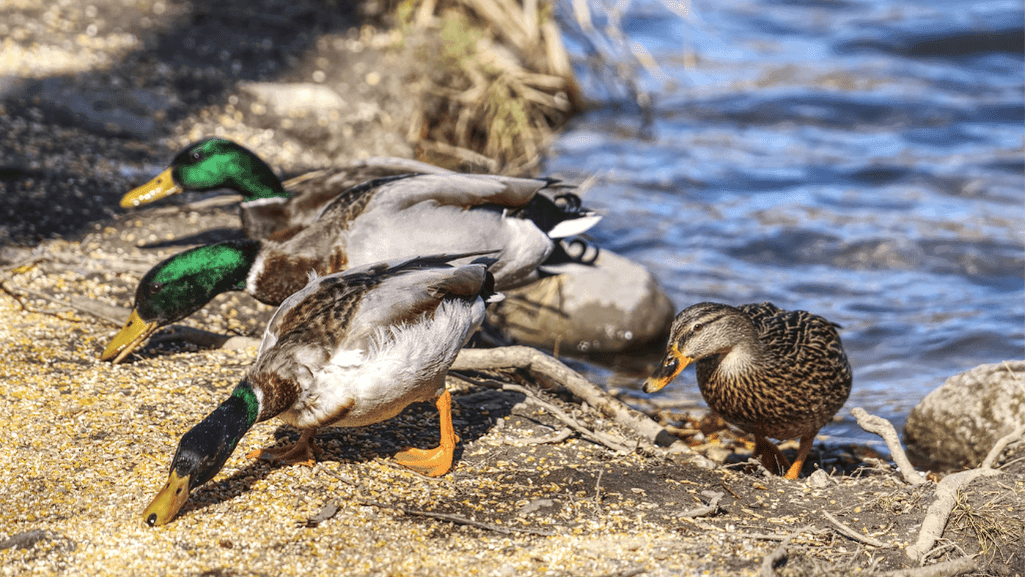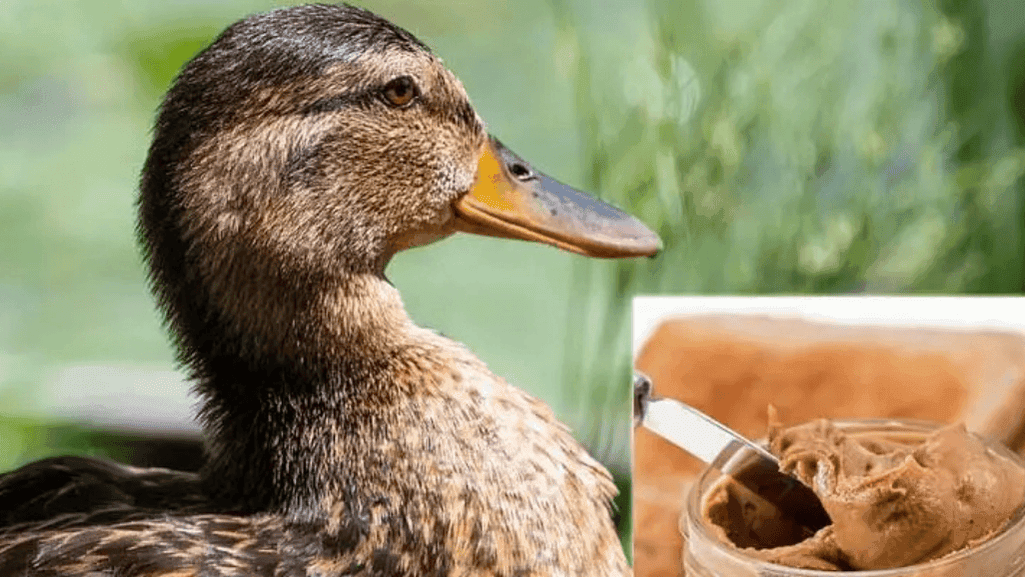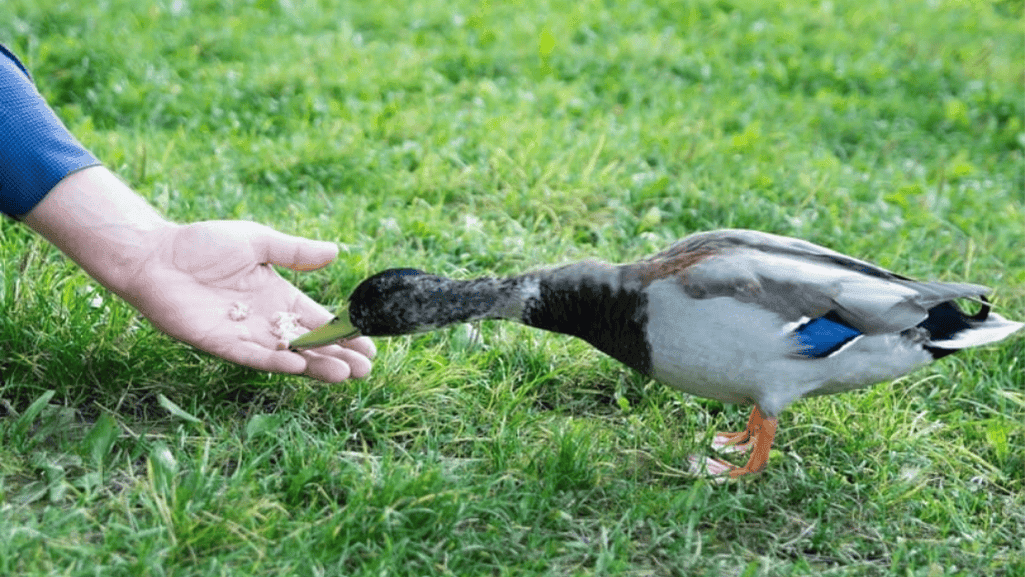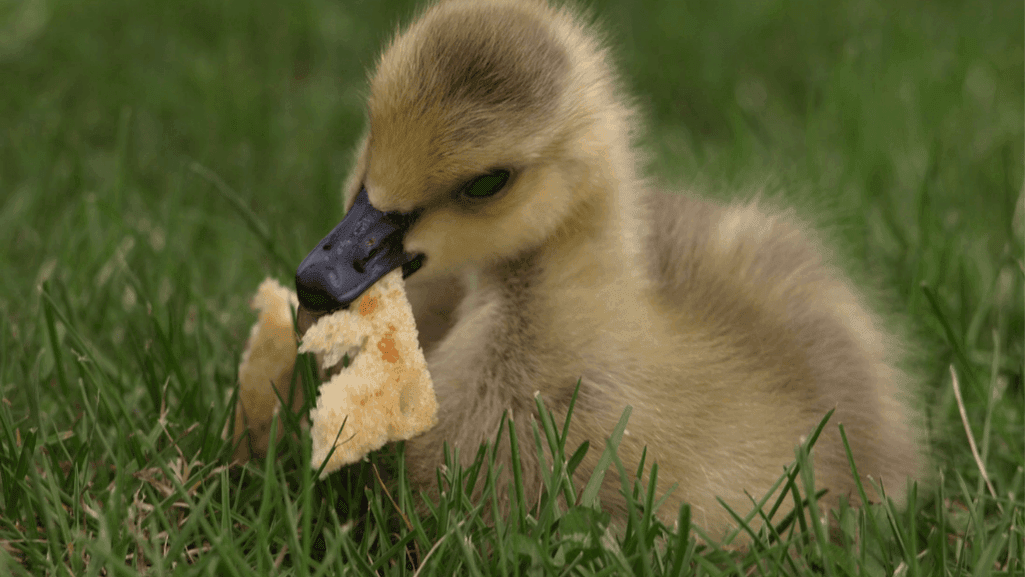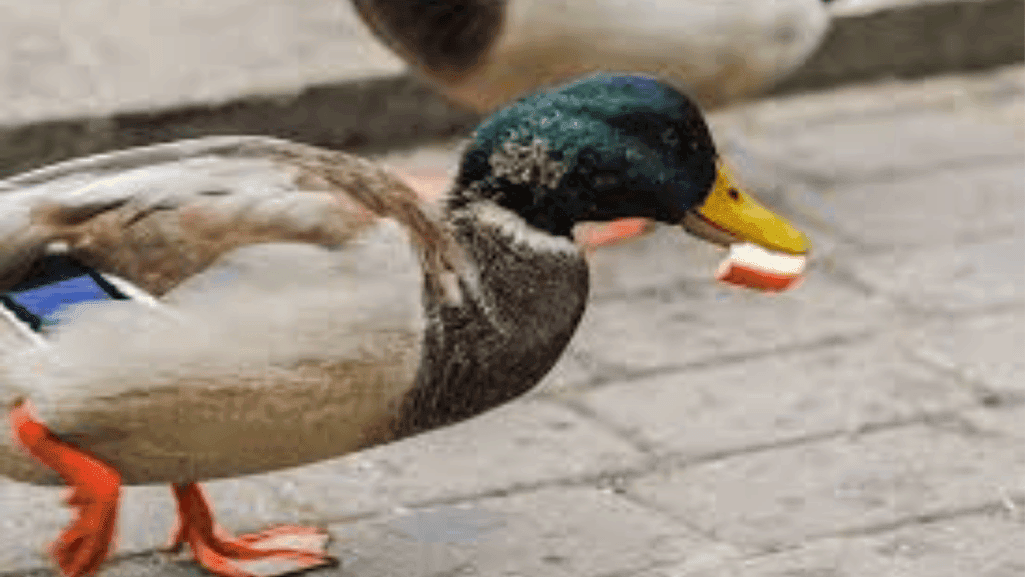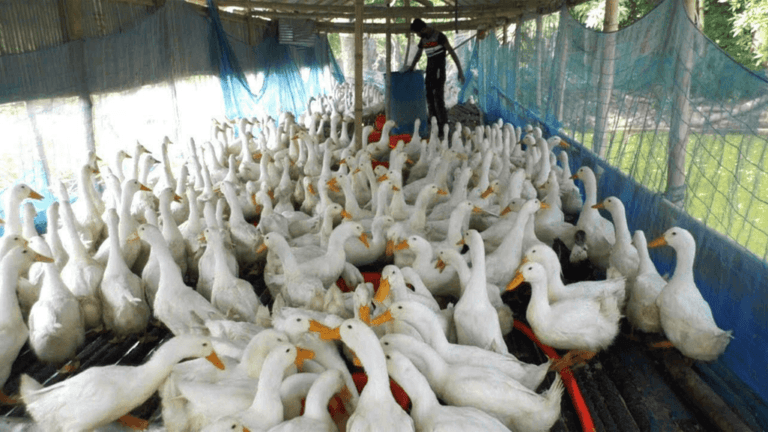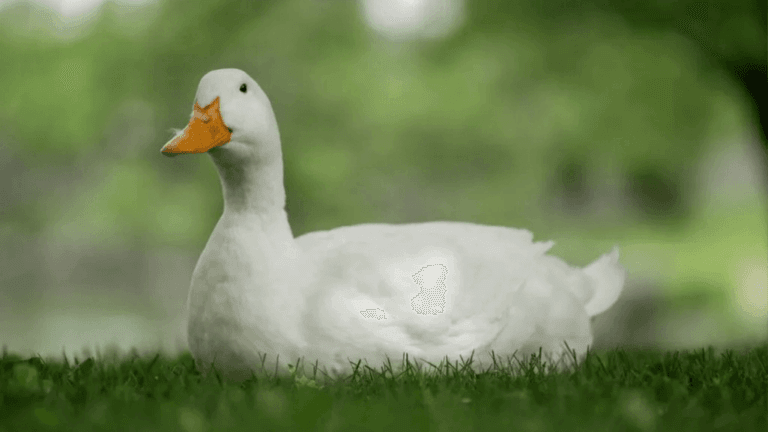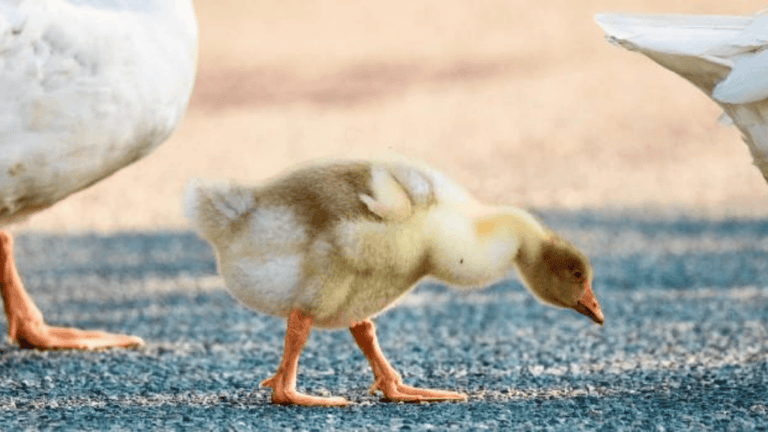When it comes to feeding your feathered friends, understanding their dietary needs is essential. Many pet owners wonder about the safety of certain foods, especially when it comes to treats like peanut butter. While it’s not a staple in their diet, it can be offered with caution.
Wild birds consume a variety of items, from plants to insects, but domesticated ones require a more controlled approach. Peanut butter, in small amounts, can be a source of protein and healthy fats. However, it’s crucial to avoid products with additives or excessive salt.
Moderation is key when introducing any new item to their meals. Overfeeding treats can lead to health issues, so always prioritize a balanced diet. For more detailed guidelines, check out this comprehensive resource on safe feeding practices.
Key Takeaways
- Peanut butter can be a safe treat when given in moderation.
- Avoid products with additives or high salt content.
- Wild birds have diverse diets, but domesticated ones need careful feeding.
- Overfeeding treats can lead to health problems.
- Always prioritize a balanced and nutritious diet for your pets.
Understanding a Duck’s Natural Diet
Understanding the dietary habits of ducks is key to ensuring their health and well-being. Whether in the wild or in captivity, their natural diet plays a crucial role in their growth and energy levels. Let’s explore what these feathered creatures typically consume and how their needs change in different environments.
What Do Wild Ducks Typically Eat?
In their natural habitat, wild ducks thrive on a diverse menu. Aquatic plants, such as pondweed and algae, make up about 50% of their diet. They also feed on small creatures like insects, crustaceans, and even tiny fish. This variety ensures they get the nutrients needed for survival and reproduction.
Seasonal changes also influence their food choices. During spring, they consume more protein-rich foods like larvae and snails to support breeding. In colder months, they rely on high-energy grains and agricultural crops to maintain their energy levels.
How Domestic Ducks’ Diets Differ
Domestic ducks have different dietary needs compared to their wild counterparts. While they still enjoy foraging, they often rely on commercial feed to meet their nutritional requirements. Ducklings, for example, need a diet with 16-18% protein for healthy growth.
Supplemental greens, like lettuce and spinach, are also beneficial. Additionally, grit is essential for digestion, helping them process food efficiently. For more detailed insights on what ducks eat, check out this comprehensive guide.
By understanding these dietary differences, you can ensure your feathered friends stay healthy and happy, whether they’re wild or domesticated.
Can Ducks Eat Peanut Butter? The Short Answer
Is peanut butter a suitable addition to a duck’s diet? Let’s find out. The answer is yes, but with important qualifiers. It must be unsalted and free of harmful additives like xylitol, which is toxic to birds.
Compared to whole nuts, peanut butter is easier for ducks to digest. However, it should never replace their regular feed. Instead, offer it as an occasional treat in moderation to avoid potential health problems.
Experts from Birds & Blooms confirm that choking myths are unfounded. Still, it’s best to mix it with other safe foods or spread it thinly to minimize risks. Always monitor your ducks after introducing new items to their diet.
If you notice any signs of discomfort, such as lethargy or digestive issues, stop feeding it immediately. A balanced diet is key to keeping your feathered friends healthy and happy.
Nutritional Value of Peanut Butter for Ducks
Exploring the nutrients in peanut butter reveals its potential as a supplemental treat. While it’s not a primary food, it can provide essential elements when used sparingly. Understanding its composition helps ensure it’s a safe and beneficial addition to their diet.
Protein and Fat Content
Peanut butter is a rich source of protein, offering 8 grams per two tablespoons. This makes it comparable to mealworms, a common protein-rich treat. However, it also contains 16 grams of fat, which can be both beneficial and concerning.
Healthy fats, like unsaturated fats, support energy levels and feather health. Yet, excessive fat intake can lead to obesity. Moderation is key to balancing these benefits and risks.
Vitamins and Minerals
Peanut butter contains essential vitamins and minerals, such as vitamin E, niacin, and magnesium. Vitamin E promotes healthy skin and feathers, while niacin aids metabolism. Magnesium supports nerve function, ensuring overall well-being.
Despite these benefits, peanut butter lacks the complete nutritional value required for a balanced diet. It should always complement, not replace, their primary feed.
Potential Benefits of Feeding Peanut Butter to Ducks
Introducing peanut butter as a treat can provide unique benefits for ducks. When used in moderation, it can support their health in specific ways, especially during challenging seasons or growth phases.
Energy Boost During Cold Months
During winter, ducks need extra energy to maintain body heat. The high-fat content in peanut butter helps with thermoregulation, keeping them warm in freezing temperatures. This makes it a useful supplement during colder months.
Additionally, it can be a valuable resource during molting periods or brood rearing. The fats provide sustained energy, ensuring ducks stay active and healthy even in harsh weather conditions.
High-Protein Treat for Growing Ducklings
For ducklings, protein is essential for feather development and overall growth. Peanut butter offers a protein-rich option that can complement their diet. It’s especially helpful for picky eaters who may not consume enough protein from other sources.
However, portion control is crucial. Smaller amounts are suitable for ducklings, while larger ducks require careful monitoring to avoid overfeeding. This ensures they reap the benefits without risking health issues.
In summary, peanut butter can be a beneficial addition when used thoughtfully. It provides energy during cold months and supports growth in ducklings, making it a versatile treat for your feathered friends.
Risks and Concerns of Feeding Peanut Butter to Ducks
Feeding treats to birds requires careful consideration of potential risks. While peanut butter can be a source of energy, it also poses specific dangers if not handled properly. Understanding these concerns ensures the health and safety of your feathered friends.
Choking Hazards and Stickiness
One of the primary concerns is the sticky texture, which can lead to choking hazards. To minimize this risk, mix it with other foods or spread it thinly on surfaces. Safe viscosity management techniques, like diluting with water, can also help.
Additionally, monitor your birds closely during feeding. If any signs of discomfort appear, such as difficulty swallowing, remove the treat immediately. This ensures their safety while enjoying the occasional snack.
Salt and Additives to Avoid
Commercial brands often contain high levels of salt, with some products offering 150mg per serving. Excessive sodium can lead to health problems, including dehydration and kidney issues. Always choose unsalted varieties.
Harmful additives, like xylitol and chocolate, are toxic to birds. Mold growth in warm climates can also produce dangerous aflatoxins. Store peanut butter in cool, dry places to prevent spoilage.
By being mindful of these risks, you can safely incorporate peanut butter into their diet without compromising their well-being.
Potential Benefits of Feeding Peanut Butter to Ducks
Preparing treats for your feathered companions requires attention to detail and safety. When offering peanut butter, it’s essential to make sure it’s suitable for their diet and prepared correctly. This ensures they enjoy the treat without any health risks.
Choosing the Right Type of Peanut Butter
Opt for natural or organic varieties like Smucker’s Natural or Teddie All Natural. These brands contain minimal additives and no harmful ingredients. Avoid products with high salt content or artificial sweeteners, as they can be dangerous.
For ducklings, consider grinding coarse peanuts into smaller pieces to make it easier for them to consume. Organic options are often safer, as they reduce exposure to pesticides and chemicals.
Mixing with Other Safe Foods
To reduce stickiness, mix peanut butter with oats or cornmeal. This not only makes it easier to feed but also adds nutritional value. Pairing it with other safe foods like peas or mealworms can create a balanced treat.
Always provide fresh water alongside the treat to aid digestion and maintain hydration. Proper storage is also crucial—keep it in a cool, dry place to prevent mold growth.
By following these steps, you can ensure your feathered friends enjoy their treat safely and healthily.
Best Ways to Serve Peanut Butter to Ducks
Finding creative ways to serve snacks can enhance your pet’s feeding experience. When offering peanut butter, it’s important to consider methods that are safe, engaging, and nutritious. Here are some of the best techniques to ensure your feathered friends enjoy their treat without any risks.
Smearing on Tree Bark or Logs
One effective method is smearing peanut butter on tree bark or logs. This mimics natural foraging behavior, encouraging birds to explore and work for their food. Choose surfaces with rough textures to make it easier for them to access the snack.
Keep in mind temperature limits when feeding outdoors. Avoid serving during extreme heat, as it can cause the peanut butter to melt and become messy. Always monitor your pets to ensure they’re enjoying the treat safely.
Using Peanut Butter in Homemade Suet
Another great option is incorporating peanut butter into homemade suet. A simple recipe from the Cornell Lab includes 1 part peanut butter, 2 parts cornmeal, and 3 parts birdseed. This mixture provides a high-fat, high-protein source of energy.
Foraging enrichment is a key benefit of this method. It keeps birds active and engaged while providing essential nutrients. Make sure to clean suet molds thoroughly to prevent mold growth and ensure safety.
Portion sizing is also important. Smaller amounts are suitable for ducklings, while larger birds can handle slightly more. Always prioritize moderation to maintain a balanced diet.
How Often Should Ducks Eat Peanut Butter?
Determining the right frequency for treats ensures your pets stay healthy. For adult birds, a maximum of 1 teaspoon twice weekly is recommended. Avoid offering it on consecutive days to maintain a balanced diet.
Weight-based calculations can help tailor the amounts. Larger birds may handle slightly more, while smaller ones require less. Breeding schedules also influence feeding frequency, as active breeders may benefit from occasional energy boosts.
Monitoring fecal output is essential. Changes in consistency or color may indicate overfeeding. Seasonal adjustments are also important. During colder months, slightly increased feed can help maintain energy levels.
Integrating peanut butter with other treats, like mealworms, ensures variety. However, always prioritize moderation to avoid health issues. A balanced approach keeps your feathered friends happy and healthy.
Peanut Butter Alternatives for Ducks
Exploring safe and nutritious alternatives to treats can benefit your feathered companions. While peanut butter can be a fun snack, other options like nuts, seeds, and insects provide variety and essential nutrients. These alternatives ensure your pets enjoy a balanced diet without relying on a single treat.
Other Nut and Seed Options
Crushed almonds and sunflower kernels are excellent choices. Almonds are rich in healthy fats, while sunflower seeds offer protein and energy. Always chop larger nuts like walnuts to prevent choking hazards. For smaller birds, chia seeds can be a great addition, but ensure they’re soaked or paired with water to aid digestion.
Local forage alternatives, such as wild peas, can also supplement their diet. These options mimic their natural foraging habits, keeping them active and engaged. Always introduce new foods gradually to monitor their response.
High-Protein Insect Treats
Dried soldier fly larvae are a high-protein snack that supports growth and energy. These insects are cost-effective and easy to store. Another option is mealworms, which are rich in nutrients and loved by many birds.
Cost-effective insect farming can provide a steady supply of these treats. Pairing them with seeds or nuts creates a balanced snack that meets their dietary needs. Always ensure the insects are sourced from reputable suppliers to avoid contamination.
By incorporating these alternatives, you can provide a diverse and nutritious diet for your pets. Variety not only keeps them healthy but also adds excitement to their daily routine.
Common Myths About Feeding Peanut Butter to Ducks
Many people believe certain myths about feeding treats to birds, but not all are true. Over time, misconceptions have spread, leading to unnecessary worries. Let’s debunk some of these myths to ensure your feathered friends stay safe and healthy.
Debunking the Choking Myth
One of the most common concerns is that peanut butter can cause choking. Research by Kaufman shows that proper preparation eliminates this risk. Birds have smooth keratin beaks, which prevent the treat from sticking excessively.
Historically, warnings about choking were based on assumptions rather than evidence. Peer-reviewed studies confirm that mixing peanut butter with cornmeal or oats reduces stickiness. Veterinarians agree that when prepared correctly, it’s a safe treat.
Addressing Mold Concerns
Another myth involves mold growth in peanut butter. While mycotoxins can be harmful, proper storage prevents this problem. Keep it in a cool, dry place to avoid spoilage.
Social media often amplifies misinformation about mold. However, mycotoxin education highlights that high-quality, natural brands are safe. Always check for freshness before feeding.
By understanding these myths, you can make informed decisions. Avoiding unnecessary costs and problems ensures your pets enjoy their treats safely.
What Other Birds Can Eat Peanut Butter?
Peanut butter isn’t just for ducks—many wild birds enjoy it too. Woodpeckers, nuthatches, and blue jays are among the species that benefit most from this high-energy treat. Orioles, however, prefer jelly, showing how different birds have unique preferences.
Feeding peanut butter to birds can attract a variety of species to your yard. It’s important to choose the right feeder type. Upside-down feeders, for example, deter starlings and ensure smaller birds can access the treat safely.
Managing interspecies competition is also key. Offering peanut butter in feeders that require birds to hang upside down discourages larger species. This ensures smaller birds, like nuthatches, get their part of the snack.
Regional preferences play a role too. In some areas, blue jays and woodpeckers are more common, while in others, nuthatches dominate. Tailoring your feeding strategy to local species can enhance your bird-watching experience.
Cross-contamination prevention is crucial. Clean feeders frequently to avoid bacterial growth. Adding cornmeal to peanut butter makes it grittier and safer for birds. This simple step ensures your feathered visitors stay healthy.
By understanding these factors, you can create a bird-friendly environment that supports diverse species. Whether it’s woodpeckers, nuthatches, or blue jays, peanut butter can be a nutritious and enjoyable treat for many birds.
Signs Your Duck Might Not Tolerate Peanut Butter
Not all pets react the same way to certain foods, and ducks are no exception. If you’ve introduced peanut butter into their diet, it’s important to monitor for signs of intolerance. Symptoms like lethargy, crop stasis, or diarrhea within six hours could indicate a problem.
If you notice these problems, take immediate action. Provide fresh water to help with hydration. Emergency techniques like offering electrolyte solutions can also be beneficial. Keeping your duck hydrated is crucial during this time.
Contact an avian vet if symptoms persist. The diagnostic process may include physical exams and tests to identify the issue. Common allergens, such as certain additives in peanut butter, could be the cause.
During recovery, adjust their diet to include easily digestible things like cooked rice or leafy greens. Avoid giving large amounts of any new food until they’re fully recovered. A balanced recovery plan ensures your duck returns to health quickly.
- Provide fresh water and electrolyte solutions for hydration.
- Consult an avian vet if symptoms last more than a day.
- Identify common allergens through diagnostic tests.
- Introduce a recovery diet with simple, digestible foods.
Expert Tips for Feeding Peanut Butter to Ducks
Expert advice can make a significant difference in how you treat your feathered companions. According to Holderread, combining peanut butter with forage ensures balanced nutrition. This approach provides variety and keeps your pets healthy.
When planning meals, consider cost-per-serving calculations. Buying in bulk can save costs, but make sure to store it properly. Airtight containers prevent spoilage, especially in damp environments.
DIY feeder designs are a creative way to serve treats. Simple feeders can be made from recycled materials, reducing waste. Training your pets to accept new foods takes time, but patience pays off.
Weather impacts feeding routines. Avoid offering treats in wet areas to prevent mold growth. During colder months, slightly increase portions to help maintain energy levels.
- Combine peanut butter with forage for balanced nutrition.
- Store bulk purchases in airtight containers to prevent spoilage.
- Create DIY feeders from recycled materials.
- Gradually introduce new foods to train your pets.
- Adjust feeding routines based on weather conditions.
By following these tips, you can ensure your feathered friends enjoy their treats safely. A little effort goes a lot in keeping them happy and healthy.
Conclusion
Ensuring your feathered companions stay healthy requires thoughtful feeding practices. Always prioritize a balanced diet and introduce treats like peanut butter in moderation. Avoid additives and monitor for any adverse reactions.
Complement their meals with safe options like blueberries, corn, or peas. These provide variety and essential nutrients. For a handy reminder, download our feeding guidelines PDF to keep your pets thriving.
We’d love to hear your experiences! Share your tips on how you feed ducks or other favorite food ideas. Together, we can ensure our feathered friends live happy, healthy lives.
